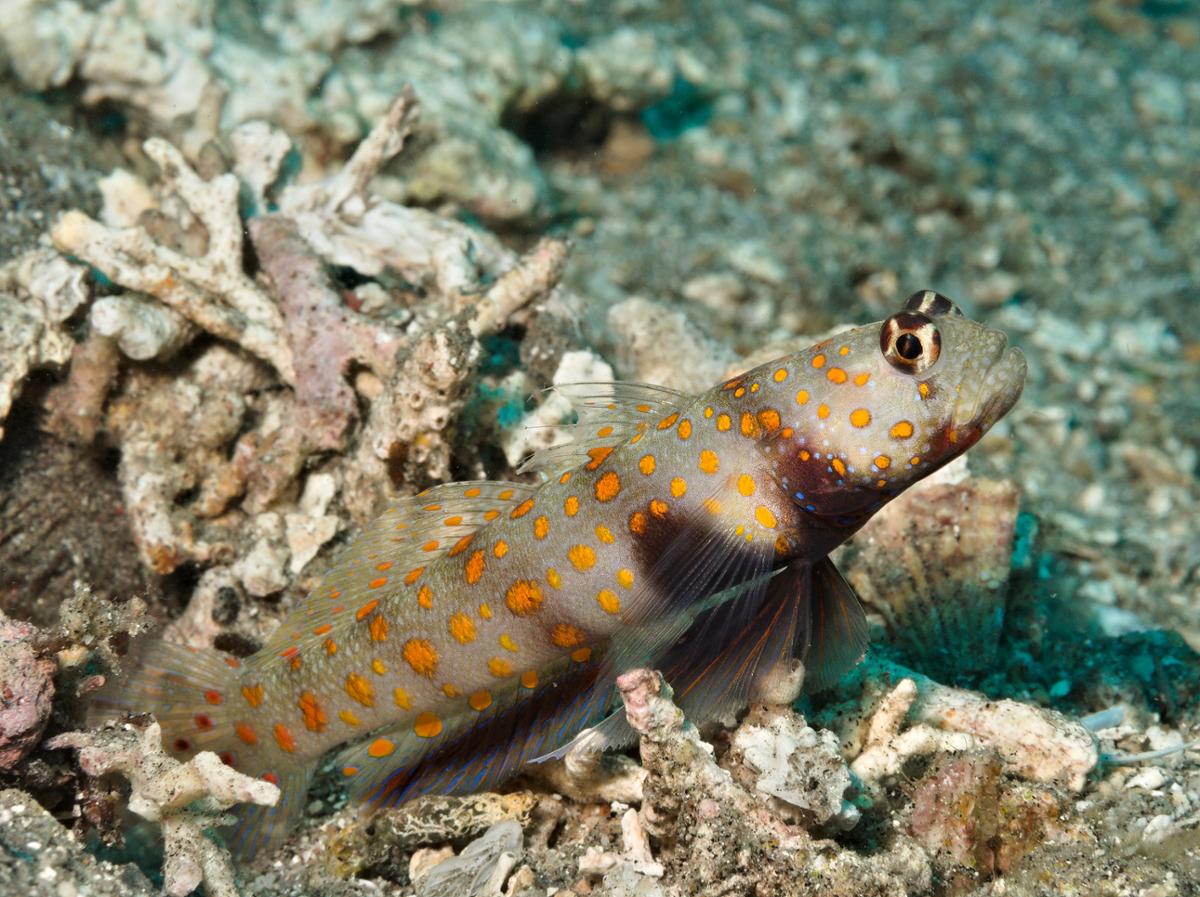We all know the familiar fairytale: Goldilocks enters the three bears’ house and wants to take a nap. Upon feeling the mattresses, she decides that the first bed is too hard; the second bed is too soft; and the third bed is just right!
If this classic story got an aquatic, twenty-first-century update, it might have a new heroine: Goby-locks, as in, the round goby fish, the subject of a study about tactile sensation.
Goby-locks isn’t interested in mammalian mattresses; instead, she rests on the lake floor, brushing her fins over its rocky surface. Previously, scientists thought a fish’s fins were mere motors, useful only for locomotion. This study, however, shows that a round goby’s fins are more like fingertips, able to distinguish between different textures and pressures.
To run the study, scientists gathered six gobies from Lake Michigan. They then rolled a bumpy plastic ring across each pectoral fin. The bumps imitated the lakebed: close-textured bumps mimicked the grittiness of sand, while spaced-out bumps mimicked gravelly pebbles. As they recorded electrical spikes from the fins’ nerves, the scientists noticed a pattern: the bumpier the ring, the more electrical spikes were produced. And when the ring sped up, so did the spikes.
All these bumps and spikes suggest that the nerves of Goby-locks’s fin fire like the nerves of us primates—a useful skill in murky waters. Can other fish feel touch the same way? The study opens the door to further research on tactile sensitivity. Goby-locks, meanwhile, continues to explore the world around her—perhaps she’ll find a lakebed that feels just right.










